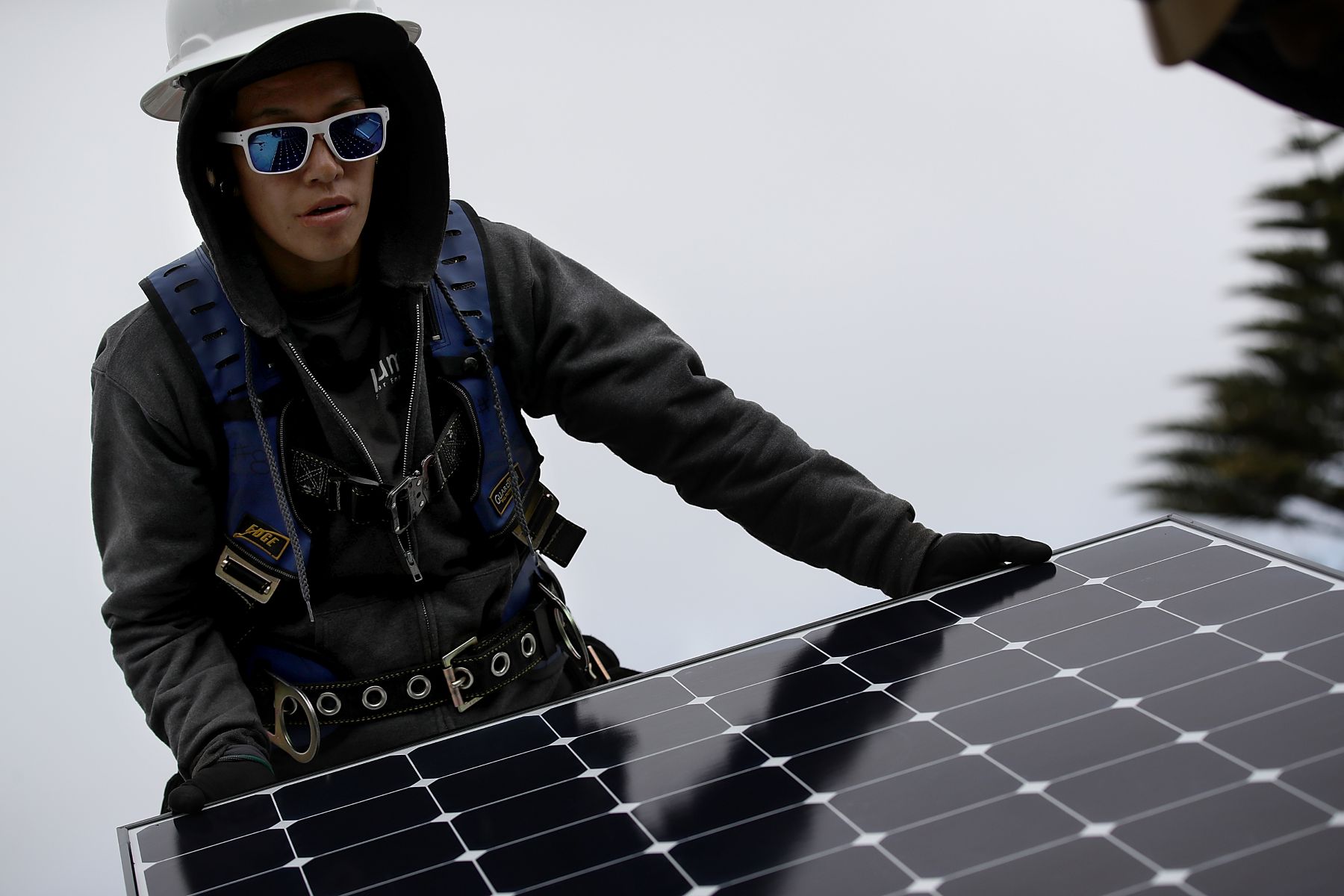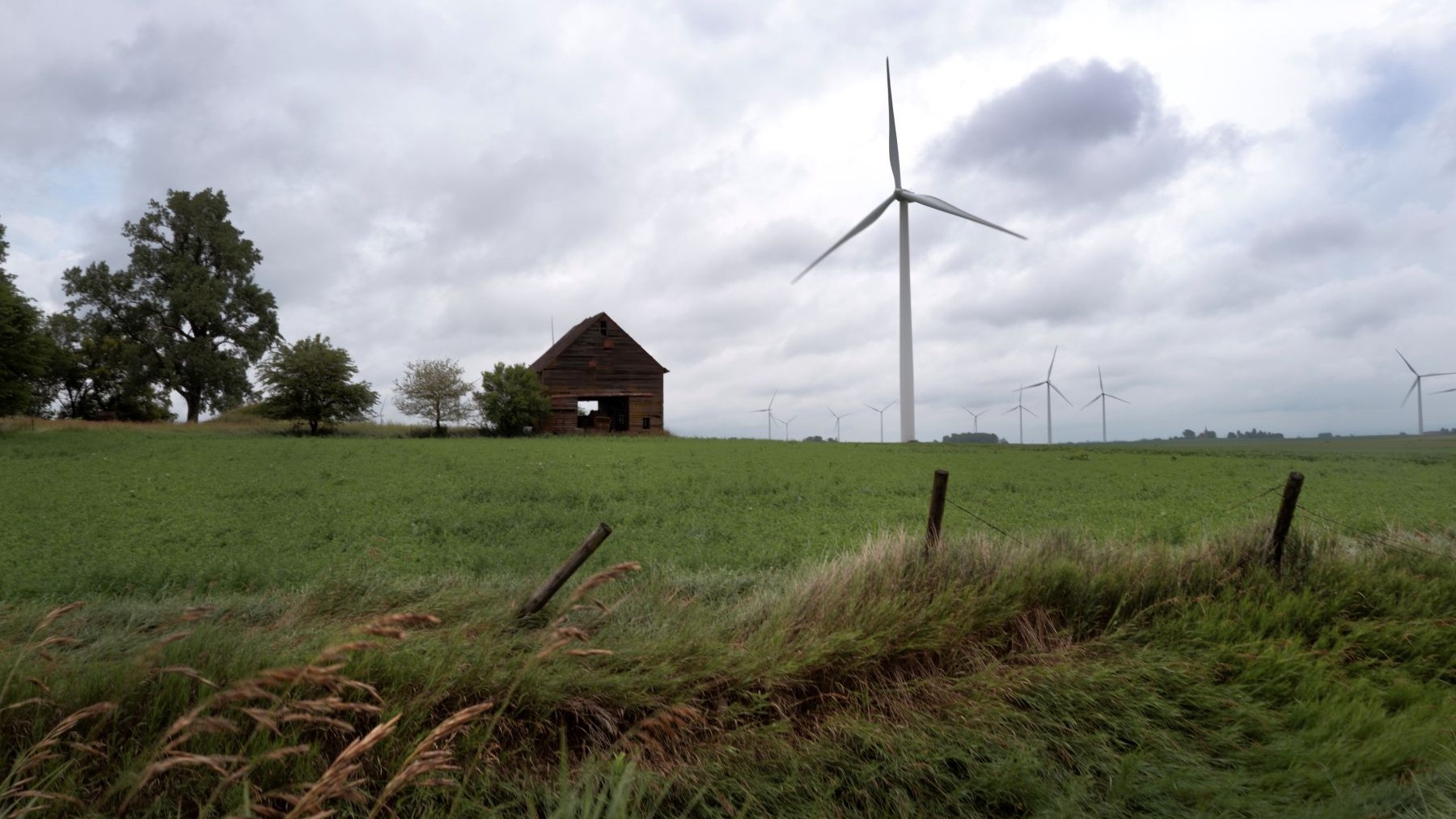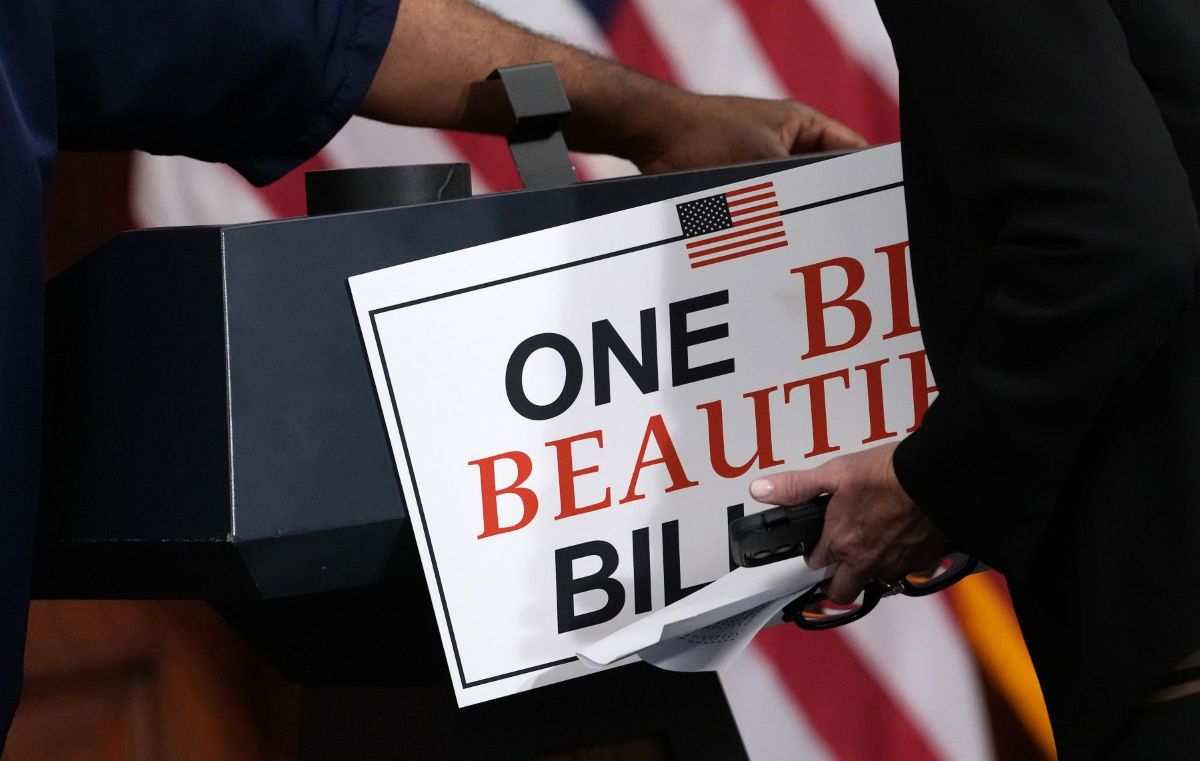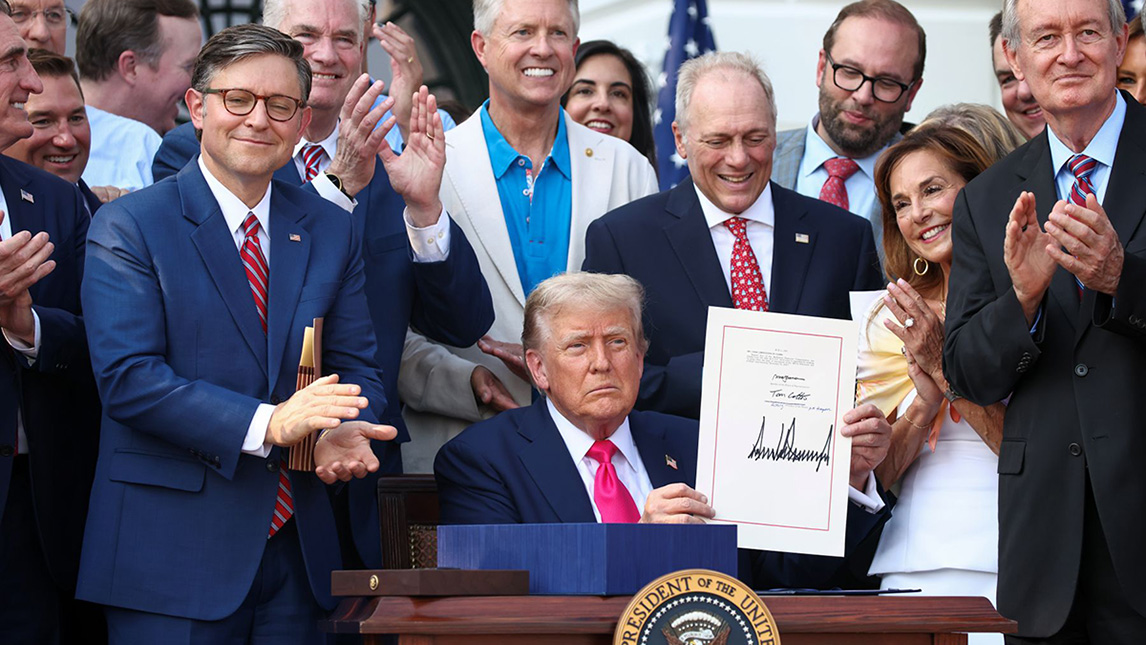This July, Republicans jammed through the biggest wealth transfer in US history, axing health care and food assistance for millions of Americans and extending a massive tax break for the wealthy. The bill also effectively repealed much of the Inflation Reduction Act, our country’s biggest effort yet to address climate change. The legislation precipitously phases out incentives for solar and wind power, two of the best tools we have to keep our energy bills affordable, our electricity grid reliable, and our communities safer from a spiraling climate crisis.
But try as they might to derail renewable energy, Trump, Republicans, and their fossil fuel industry cronies just don’t have the facts on their side. Even without the full suite of tax credits, solar and onshore wind remain the cheapest sources of new energy generation in the country. Clean energy also remains the fastest form of energy to deploy, critical for tackling surging load growth from data centers and electrification. And with the price of batteries dropping fast, cheap renewable energy can affordably meet more and more of that surging demand, while increasing grid reliability.
While Trump sabotages the cost of living and hundreds of thousands of clean energy jobs, states now have an essential role to play in the race to deploy as much clean energy as we can. Governors and legislators who want to bring down costs for their constituents and make progress against climate change still have many tools at their disposal to ensure clean energy gets built. And now is an urgent moment to do so: State leaders have a narrow window of time to help projects take advantage of the solar and wind tax credits while they still can. The policy menu below is designed to help state leaders seize the urgent moment at hand.
Solar and Wind Are Still the Cheapest and Fastest Ways to Meet America’s Rising Energy Demand
In almost all cases, solar and onshore wind energy are the cheapest forms of new energy generation. That’s according to the International Renewable Energy Agency (PDF) (IRENA) and the Wall Street firm Lazard (PDF).
Let’s look at the hard facts. The Lazard data shows that unsubsidized utility-scale solar PV has a Levelized Cost of Energy (LCOE) ranging from $38 to $78 per MWh, and onshore wind ranges from $37 to $86 per MWh. These figures are generally lower than or competitive with conventional energy sources such as gas combined cycle ($48-$109/MWh) and coal ($71-$173/MWh), highlighting the economic case for clean energy.
Here’s the silver-lining plot twist: Even after the GOP repealed clean energy tax credits via their disastrous megabill, utility-scale solar and onshore wind are still the most cost-effective form of energy in most cases, especially when compared to new-build gas and coal. The cost of building new gas-fired power plants, meanwhile, has hit a 10-year high, according to Lazard’s latest Levelized Cost of Energy+ (LCOE) report, published this June. Simply put, new renewable energy investments are the winning economic choice for developers.





